Are you struggling to draft a response to a legal inquiry? Crafting the perfect letter can be daunting, but it's essential to convey your message clearly and professionally. In this article, we'll explore key elements to include in your response letter, ensuring you cover all necessary legal points while maintaining a respectful tone. Join us as we break down tips and templates to make your legal communications seamless and effectiveâread on for valuable insights!
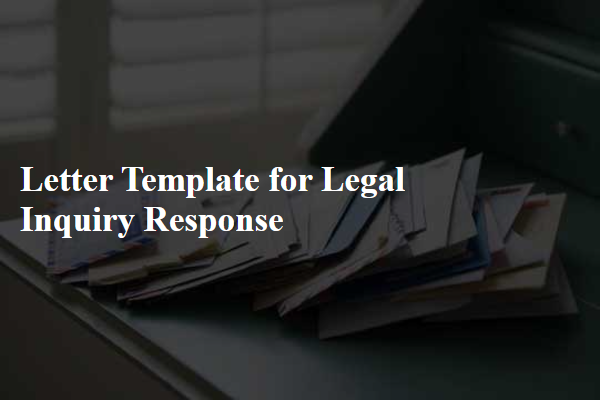
Professional Tone
A legal inquiry response typically requires clarity, precision, and professionalism. Legal documents often reference specific laws, regulations, or case studies that relate to the inquiry. All legal terminology should be accurately represented to avoid misinterpretation. The response should outline the relevant findings, summarize the situation clearly, and advise on possible actions or considerations. For example, it may reference applicable statutes such as civil code sections or regulations that directly pertain to the case. Include a clear structure, with separate sections for background information, analysis, and conclusion. Always maintain confidentiality and avoid personal opinions, focusing solely on the facts and legal implications.
Comprehensive Addressing
A comprehensive legal inquiry response should thoroughly address the specific legal questions presented, ensuring clarity and precision in the explanation. This includes citing relevant statutes, such as the Civil Code or specific case law decisions from jurisdictions like California or New York, that may apply to the inquiry. A detailed analysis of the facts surrounding the legal issue is essential, linking specific scenarios to potential legal outcomes. For instance, if the inquiry involves contract law, discussing elements of offer, acceptance, consideration, and potential breaches, as well as remedies available under the Uniform Commercial Code (UCC), is crucial. Additionally, outlining procedural steps for further actions, such as filing a lawsuit or pursuing alternative dispute resolution methods, may be beneficial. Providing clear definitions of legal jargon and terms used throughout the response will aid in understanding, ensuring the client comprehends their legal standing and options.
Detailed Response to Allegations
In a formal response to legal inquiries regarding allegations, clarity and structure are crucial. A well-crafted document outlines the nature of the allegations, references specific laws or regulations applicable (for instance, the U.S. Code Title 42 concerning civil rights violations), and presents factual evidence or counterarguments systematically. Each allegation should be addressed individually, ideally with an accompanying timeline of events (e.g., incident dates, parties involved) to clarify context. Documentation, such as emails, recordings, or witness statements, must be cited to strengthen responses. Additionally, conclusions drawn from the evidence should reflect the insights gained through investigations, emphasizing due diligence on the responding party's side. Finally, any potential implications or resolutions sought (such as dismissal of allegations) should be articulated clearly to guide the inquiry process effectively.
Inclusion of Relevant Legal References
In legal inquiries, inclusion of relevant legal references is crucial for providing clarity and authority to the argument presented. Statutes such as the Federal Rules of Civil Procedure (Rule 12, pertaining to motions to dismiss) can be cited to support the legal standard being discussed. Case law, such as Smith v. Jones (2020), may illustrate how courts have previously interpreted similar legal issues. Specific legal codes, for instance, Section 1983 of the Civil Rights Act, can serve to bolster claims regarding constitutional violations. Jurisprudential principles, like the doctrine of precedent established in landmark cases, lend weight to the legal positions being asserted. By incorporating these elements, parties enhance the persuasiveness and validity of their inquiry responses.
Clarity and Conciseness
In legal inquiries, clarity and conciseness are imperative for effective communication. A well-structured response addresses specific questions, such as contract terms, legal obligations, and relevant statutes. Clear articulation of facts, supported by case law or precedent (with year and jurisdiction specified), enhances understanding. Avoiding jargon, unless defined, ensures accessibility. Specific headings for each section (e.g., Introduction, Findings, Conclusion) guide readers through the document. Including a brief summary at the end reinforces key points. Precise language minimizes ambiguity, reducing the risk of misinterpretation in serious matters like litigation or compliance.

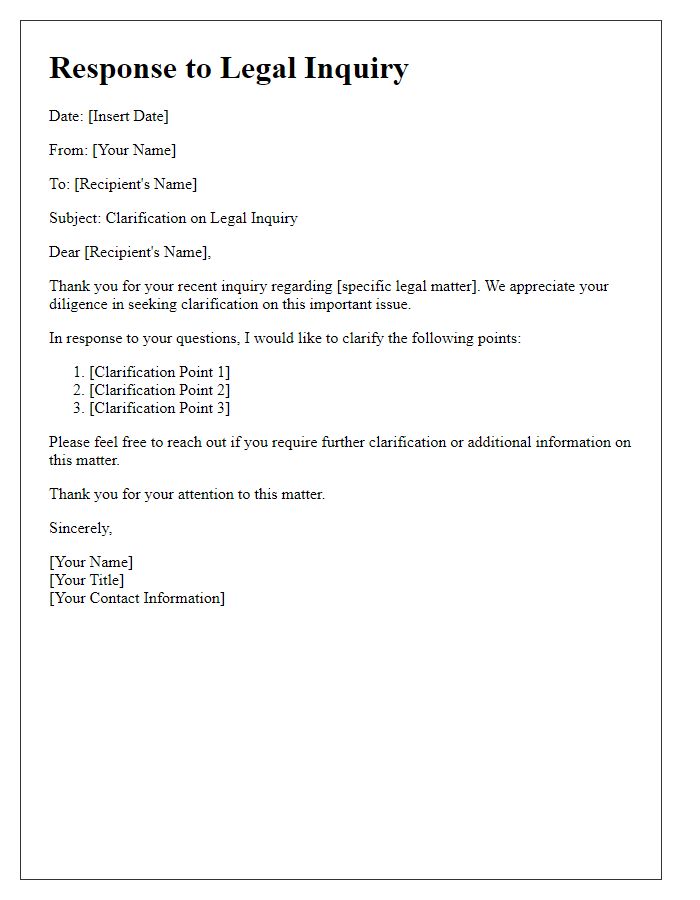
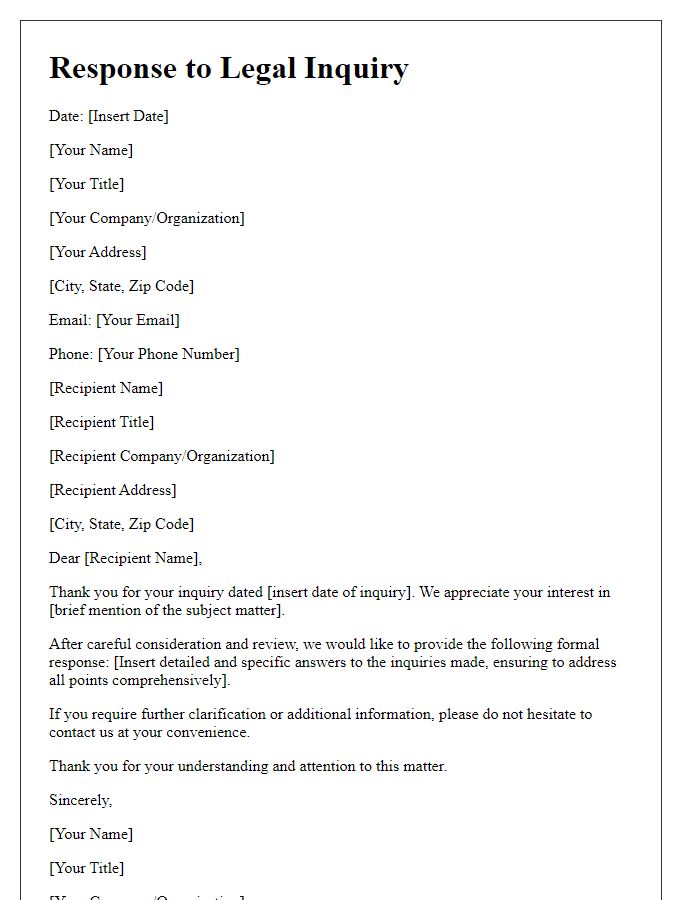
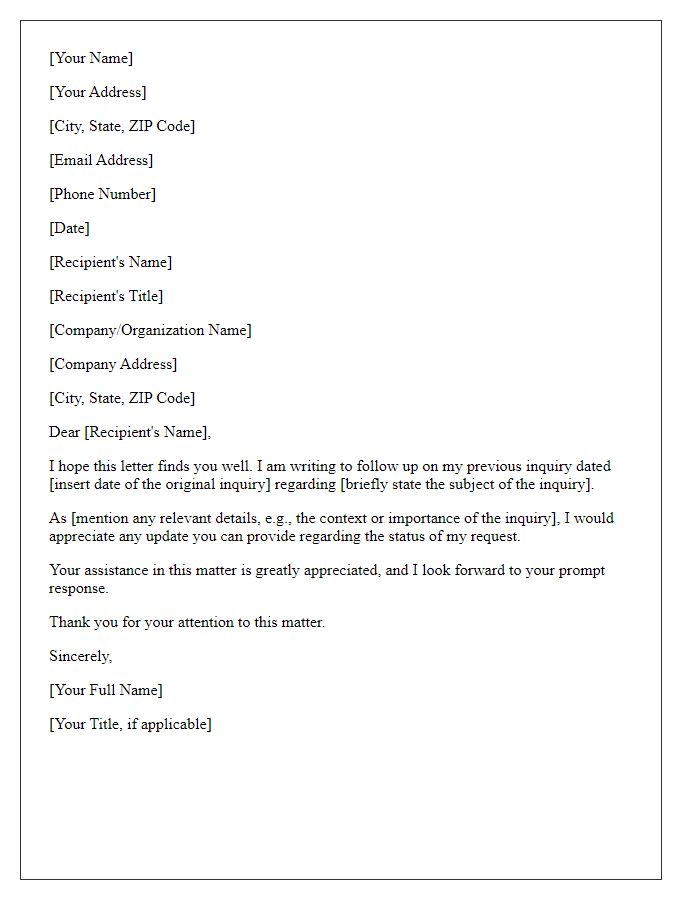
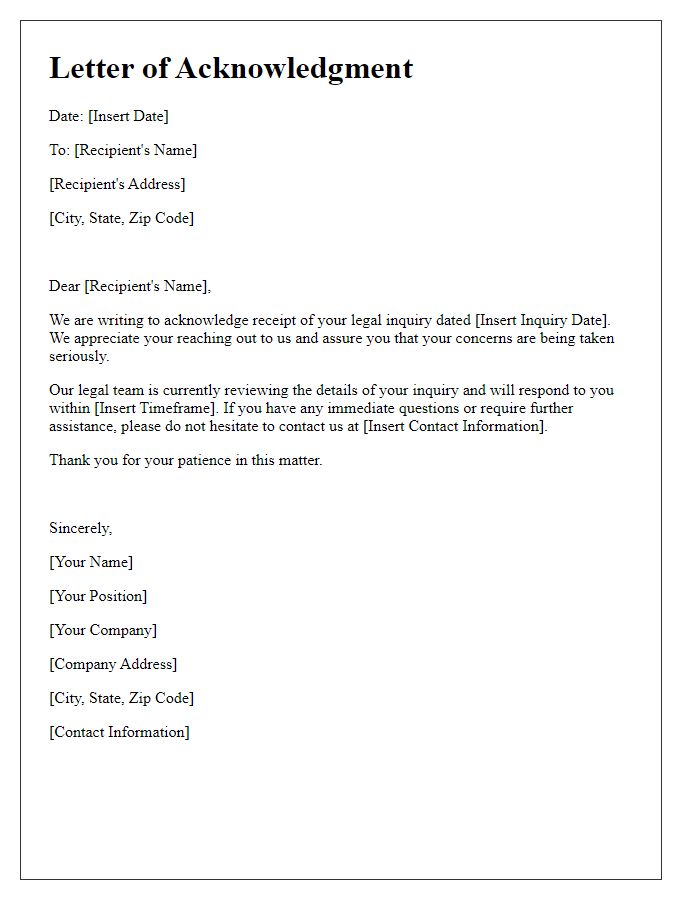
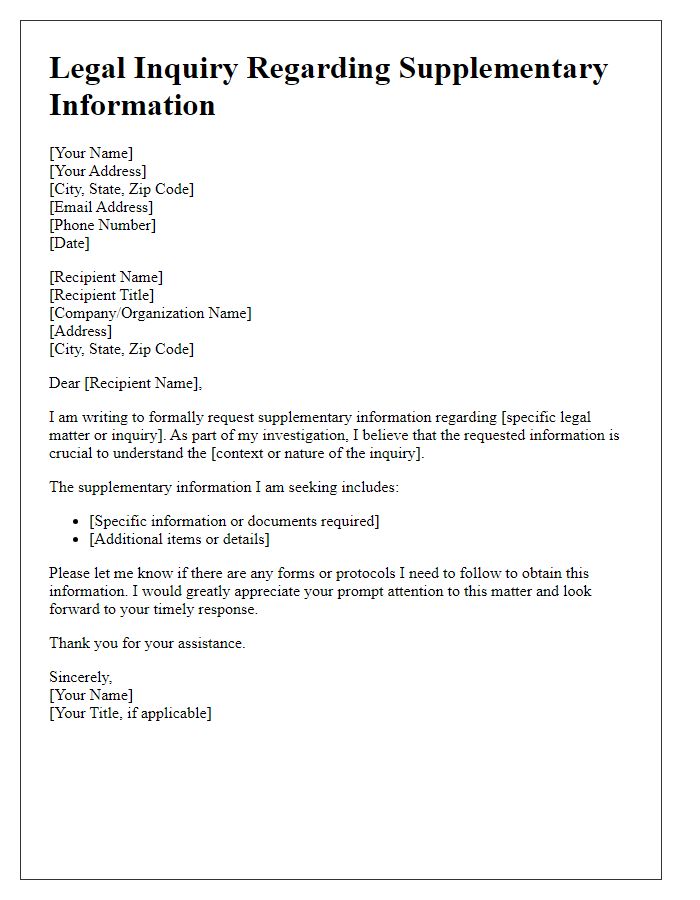
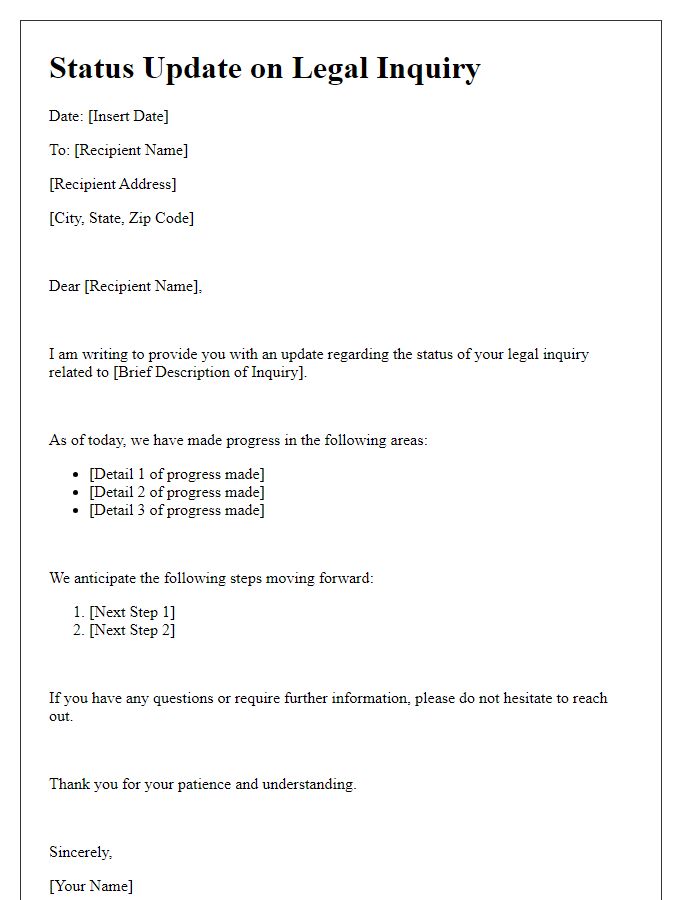
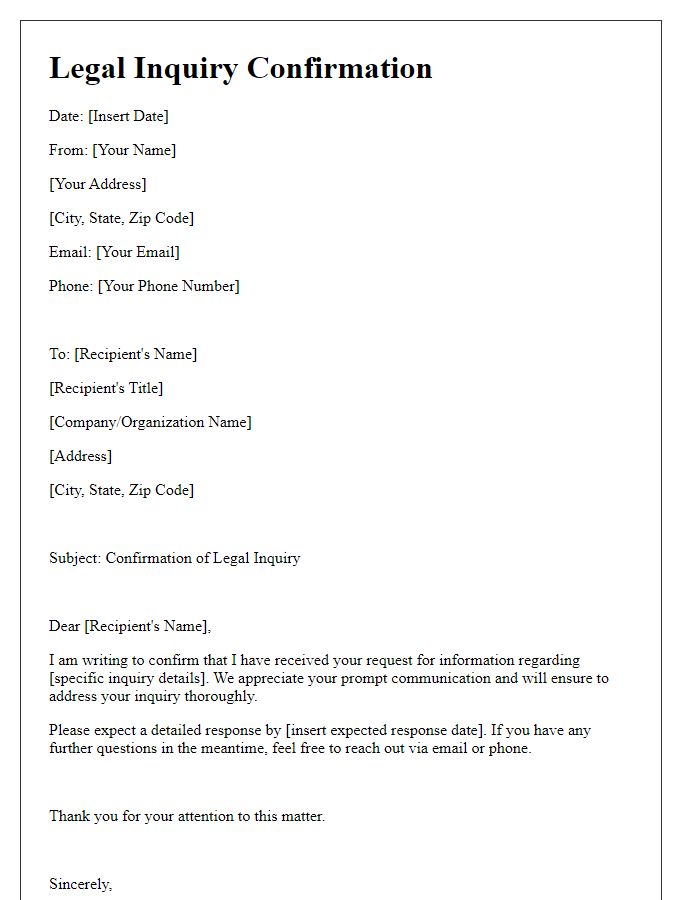
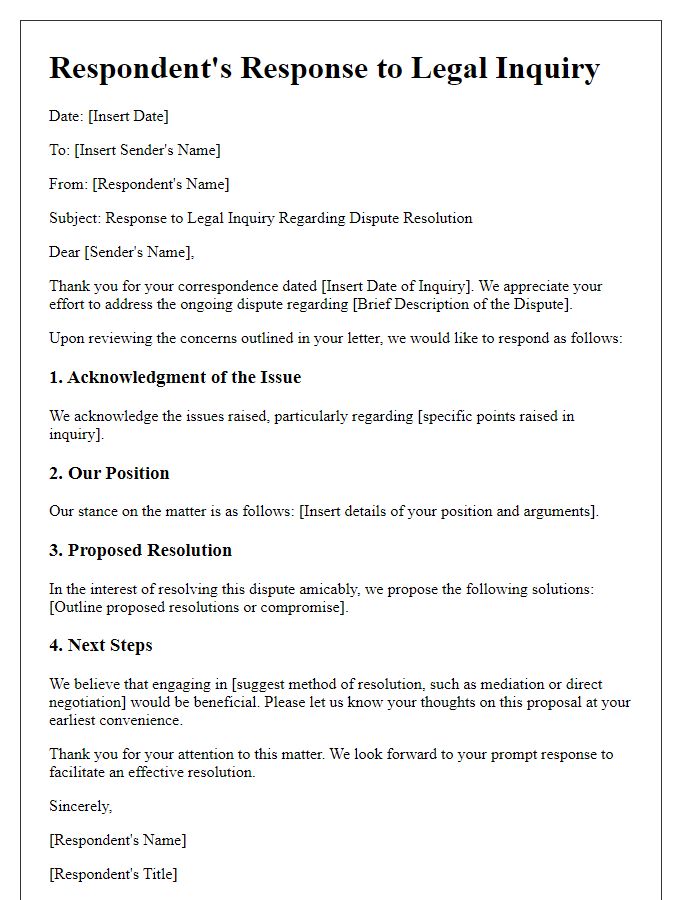
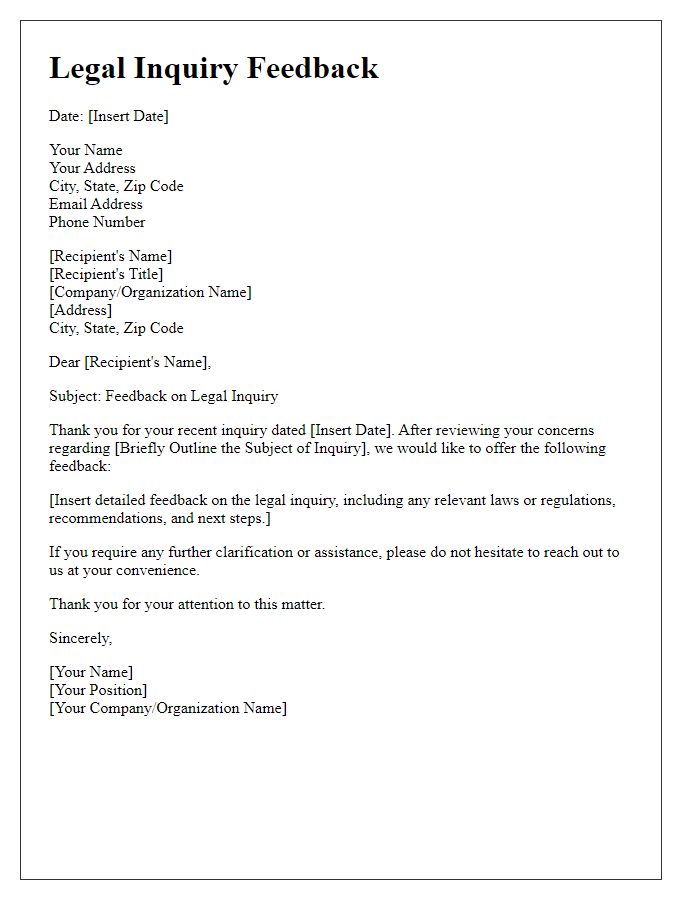
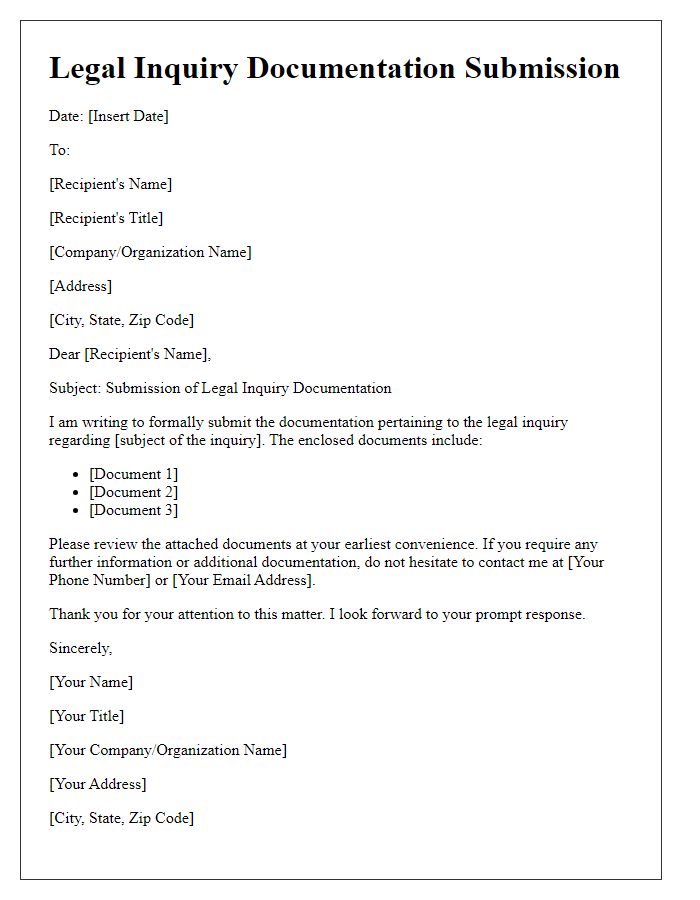

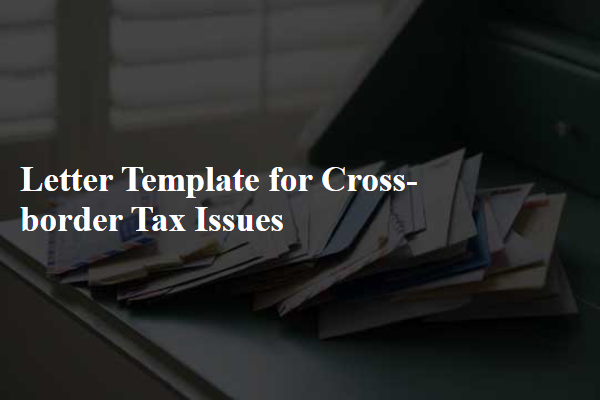
Comments